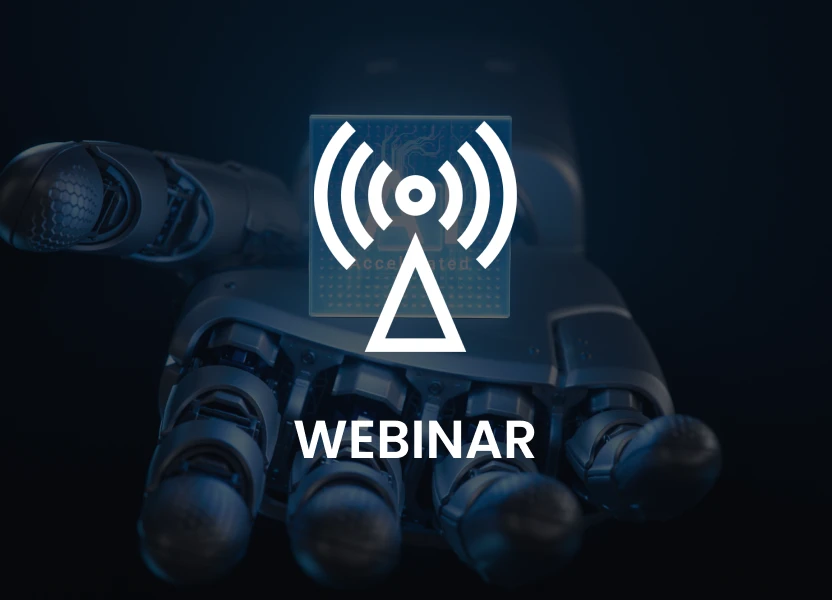What are vulnerabilities and why do they pose a risk?
Vulnerabilities are weak points in the software which can be used by gaining access to data or infrastructure by unauthorized people. They might appear in different elements of application:source code, external libraries or system configuration. Threats arising from vulnerabilities could potentially cause confidentiality or availability issues.Both data and infrastructure are susceptible to it.
Most common causes of vulnerabilities are:
1. Coding errors
2. Lack of automated security tests
3. Poor environment configuration
4. Outdated coding libraries
Costs and consequences of ignoring security issues might be substantial. Companies could lose their reputation, their clients. Daily operation can be disrupted, or it might even lead to legal cases.
Taking care of safety should be every organization’s priority and tools like Snyk might significantly help is such risk management. Understanding vulnerabilities is the first step to eliminating them.
What is SNYK and how does it work?
Snyk is DevSecOps platform that helps to identify and fix vulnerabilities on every step of software lifecycle. The tool focuses on delivering practical solutions allowing software developers quick identification of a problem and a fix. SNYK can be integrated with the most popular developers’ tools, code repositories and CI/CD pipelines. Thank sto that security can be a natural element of daily work.
Main functions of Snyk include monitoring container applications, scanning infrastructure files (like Terraform or Kubernetes), identifying configuration issues, and exposingvulnerabilities in open-source libraries.
Snyk integrates with the most popular DevOps and CI/CD tools and suggests solutions to fix vulnerabilities.It supports a wide range of technologies and environments so it can be used in multiple different teams. Examples include programing languages, containers and cloud workspaces or IaC (Infrastruture as Code).
Snyk analyzes application source code, it’s dependencies and configuration files (like Docker manifests or Terraform files). The scanning process is quick and can be automated what allows to be detected at a very early stage. After weakness is detected risk assessment is concluded which helps to concentrate on the most urgent issues. For every vulnerability Snyk suggests fix steps to mitigate them. After the first scan Snyk can monitor projects in real time and send notifications if any new issue appears.
Practical use of Snyk
After the project scan Snyk generates detailed report which contains:
1. List of detected vulnerabilities with details,risk assessment (low, medium, high, critical) and assigned category (ex.Dependency error, configuration error)
2. Path to vulnerable source
3. Proposed steps for fixing (ex. Library upgrade or configuration adjustment)
Examples of a few vulnerabilities detected by Snyk:
1. Container configuration issues
· Usage of dangerous Docker images (images with out-of-datepackages)
· Ex. Docker image based on old Alpine Linux system with unfixed security issues

2. IaC
· Incorrect settings in Terraform or Kubernetes files
· Ex. Lack of encryption in Google Cloud Bucket configuration or unconstrained access to ports in GCP safety rules

How to fix some of the vulnerabilities detected?
Here is a table of 3 issues detected and solutions how to resolve them.

1. SQL injection
Original code:
Snyk sees vulnerability in the last line because sql passed to BigQuery client is not parametrized and there is possibility of SQL injection. Solution to that issue is to use query parameters in QueryJobConfig object.
Potential fix:
Adding one parameter to QueryJobConfig mitigates SQL Injection issue and makes your code much more resistant to any unauthorized actions.
2. Code Injection
Original code:
Importing unsanitized modules might result in Code Injection and rather than passing a direct path to library you can do it in safer way.
Potential fix:
Getting attribute of module and then object instead of importing directly module that we seek might prevent any security issues.
3. Path Traversal
Original code:
While trying to open file from unsanitized path unauthorized user might try to reach files outside your project working directory and access for example /etc/passwd folder which contain highly restricted information. To prevent that path traversal, you can implement simple path check to avoid that.
Possible fix:
Simple if clause might help you with unauthorized file access.
All above solutions are examples and each vulnerability might be approached in several ways. Each time you need to adjust solution to your needs.
Conclusion
Application safety is one of the most important challenges developer teams faces. Raising usage of open-source libraries, containers and IaC increases the possibility that vulnerabilities might appear. Tools like Snyk might be the key to building safer environments while not compromising effectiveness of DevOps teams.
You can also say that Snyk is a strategy to application security management. Integrating it with existing environments could significantly reduce the risk of security breaches simultaneously increasing software delivery time. Adoption of best practices such as regular scans, early integration and teams’ education allows us to build safe applications. With help from tools like Snyk organization can proactively eliminate threads and effectively deliver high quality products.
Azure data factory or apache airflow which orchestration tool reigns supreme





